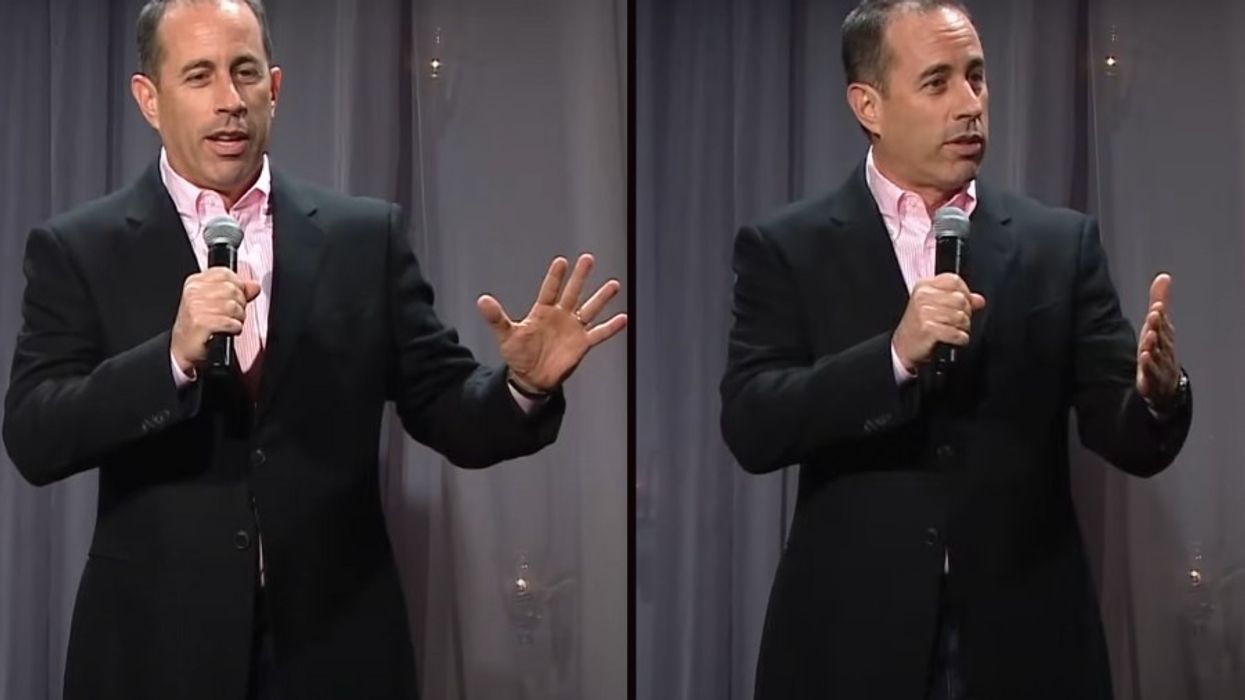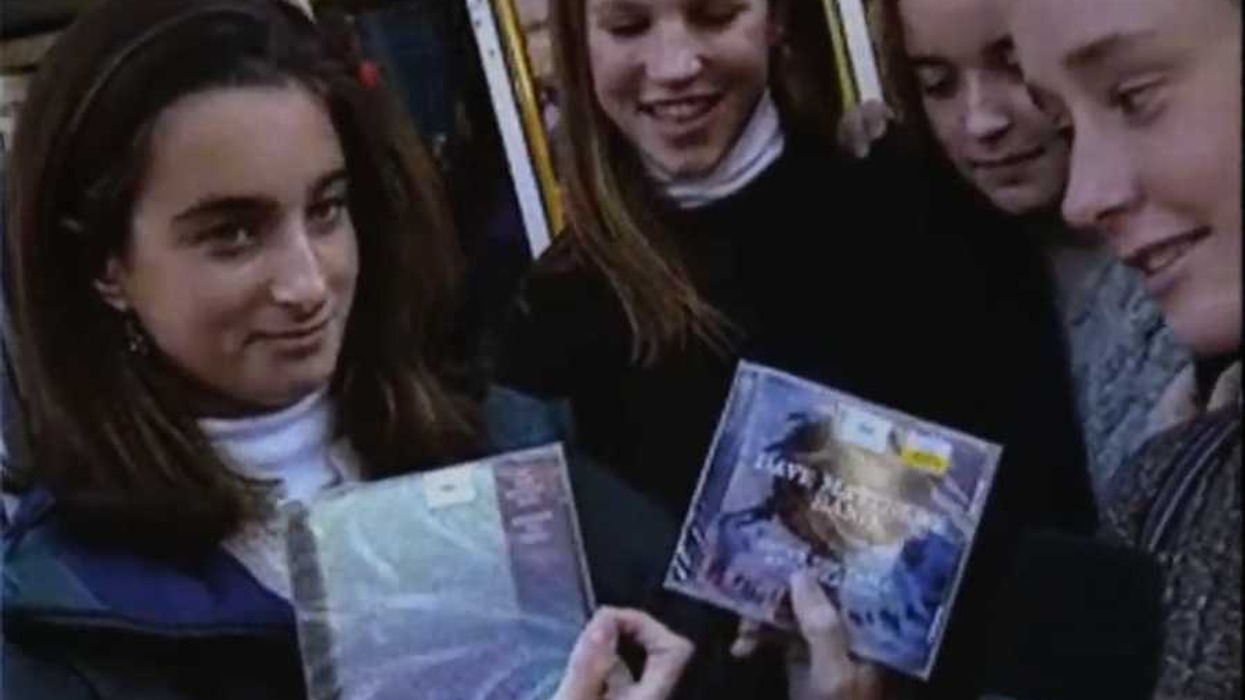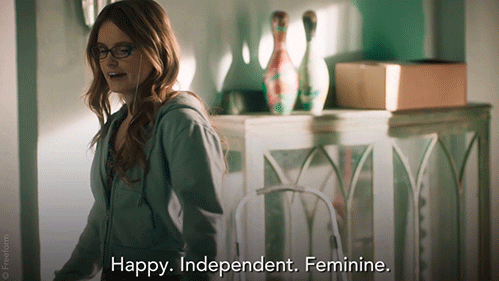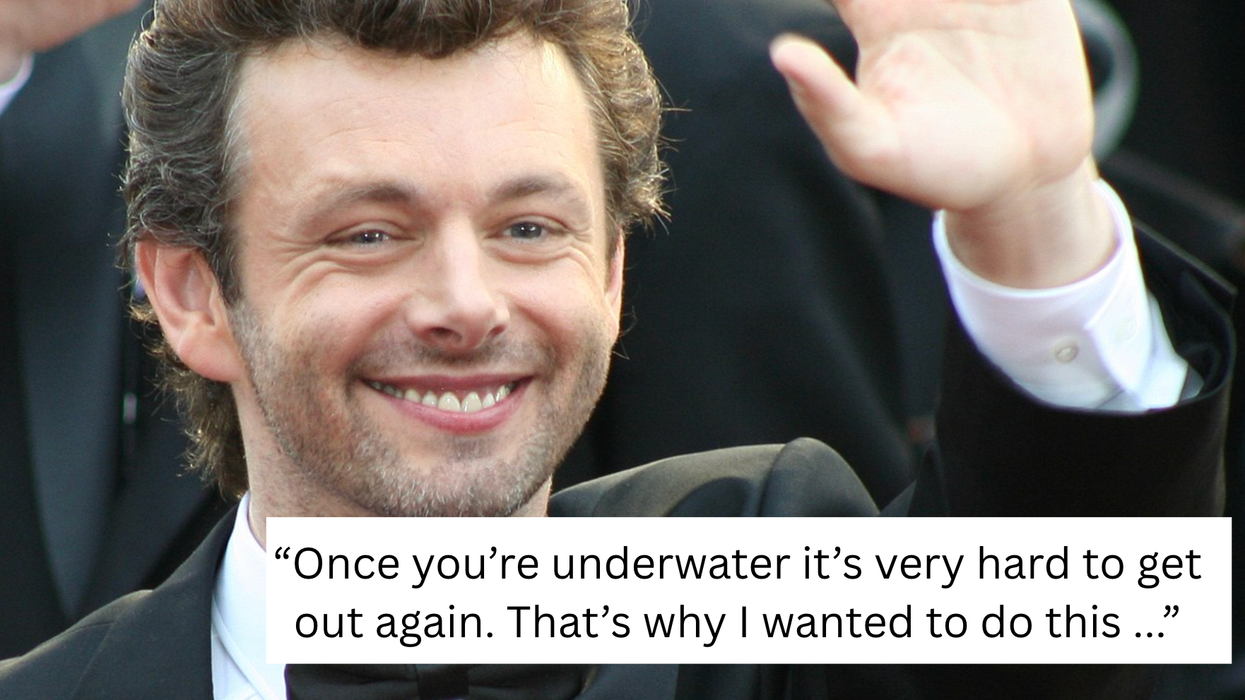The clichéd stereotype of a meditator is probably someone with a tranquil and peaceful demeanor, dressed in a flowing robe. It’s definitely not Jerry Seinfeld: an energetic, sneaker-loving stand-up comedian known for his obsessive, granular observations. Nonetheless, he’s probably the world’s most famous practitioner of Transcendental Meditation, a practice developed and taught by Maharishi Mahesh Yogi in 1950s India before spreading around the world, most famously via the influence of celebrities like The Beatles. (According to its official website, TM is "a simple mental technique practiced silently with the eyes closed, sitting in any comfortable position.")
An inquisitive Seinfeld first learned about TM around age 18 while attending State University of New York at Oswego. "I don’t remember exactly how I started," he said during a 2013 speech for the David Lynch Foundation, which was founded by the titular filmmaker and TM practitioner in 2005. "It was some kid I knew. I had just gone to college, and we were still kind of in the flush of the feeling of the '60s, and I just wanted to try any new thing that I heard about. So I went and learned TM. I do remember the first time I did it, and I remember I was up the entire night because I’d never felt that good before. I had terrible acne…and it all just went away, and I became a world-famous comedian. That’s the story. That’s the entire story of my life."
- YouTubewww.youtube.com
On a more serious note, Seinfeld talked about how TM became an essential part of his life, helping him process the strain and workload of his mega-hit sitcom, Seinfeld, which ran from 1989 to 1998. "I was doing [a] TV series in which I was the star of the show, the executive producer, the head writer, casting, and editing for 22 to 24 episodes on network television—not cable, network—for nine years, OK? That’s a lot of work," he said. "I’m a regular guy, pretty much. I’m not one of these crazy people who has endless, boundless energy. I’m just a normal guy, but that was not a normal situation to be in. So what I would do is, every day when everybody would have lunch, I would do TM. And then while we’d go back to work, I would eat while I was working because I’d missed lunch. But that is how I survived the nine years—that 20 minutes in the middle of the day would save me."
- YouTubewww.youtube.com
The stress of producing Seinfeld increased in tandem with its ratings, and being the public focal point didn’t help. "I know everybody’s life is hard and every job is hard, but when it’s your name on the goddamn show, the pressure is intense," he said. "Then the show got successful and everybody expected each week to be even better than the last…I loved every second of it, but it was a lot of pressure and a lot of work. It was all great, but I never could have accomplished it without TM."
David Lynch, who died in January 2025, practiced TM for over 50 years—and he was beautifully devoted to that ritual, often describing how it unlocks deeper parts of self and helps expand creativity. "If you have a golf ball-sized consciousness, when you read a book, you’ll have a golf ball-sized understanding; when you a look out, a golf ball-sized awareness; and when you wake up in the morning, a golf ball-sized wakefulness," he said in a 2009 speech. "But if you could expand that consciousness—then you read that book, more understanding; you look out, more awareness; and when you wake up, more wakefulness. It’s consciousness. And there’s an ocean of pure, vibrant consciousness inside each one of us."
- YouTubewww.youtube.com



















 A woman looks out on the waterCanva
A woman looks out on the waterCanva A couple sits in uncomfortable silenceCanva
A couple sits in uncomfortable silenceCanva Gif of woman saying "I won't be bound to any man." via
Gif of woman saying "I won't be bound to any man." via  Woman working late at nightCanva
Woman working late at nightCanva Gif of woman saying "Happy. Independent. Feminine." via
Gif of woman saying "Happy. Independent. Feminine." via 
 A woman browses a dating app on her phoneCanva
A woman browses a dating app on her phoneCanva
 Friends helping one another cross a creek.Photo credit
Friends helping one another cross a creek.Photo credit  A group of young people. Photo credit
A group of young people. Photo credit  Studies suggest empathy builds connection.Photo credit
Studies suggest empathy builds connection.Photo credit  People consoling a friend.Photo credit
People consoling a friend.Photo credit 

 The original photo.Image from “
The original photo.Image from “ Photoshopped for MexicoImage from “
Photoshopped for MexicoImage from “ Photoshopped for ArgentinaImage from “
Photoshopped for ArgentinaImage from “ Photoshopped for USAImage from “
Photoshopped for USAImage from “ Photoshopped for SyriaImage from “
Photoshopped for SyriaImage from “ Photoshopped for SerbiaImage from “
Photoshopped for SerbiaImage from “ Photoshopped for UkraineImage from “
Photoshopped for UkraineImage from “ Photoshopped for PhilippinesImage from “
Photoshopped for PhilippinesImage from “ Photoshopped for RomaniaImage from “
Photoshopped for RomaniaImage from “ Photoshopped for South AfricaImage from “
Photoshopped for South AfricaImage from “ Photoshopped for Netherla ndsImage from “
Photoshopped for Netherla ndsImage from “ Photoshopped for EgyptImage from “
Photoshopped for EgyptImage from “ Photoshopped for UKImage from “
Photoshopped for UKImage from “ Photoshopped for ChinaImage from “
Photoshopped for ChinaImage from “ Photoshopped for VenezuelaImage from “
Photoshopped for VenezuelaImage from “ Photoshopped for Spain Image from “
Photoshopped for Spain Image from “ Photoshopped for ItalyImage from “
Photoshopped for ItalyImage from “ Photoshopped for PeruImage from “
Photoshopped for PeruImage from “ Photoshopped for ColombiaImage from “
Photoshopped for ColombiaImage from “
 Hungry and ready.Photo credit
Hungry and ready.Photo credit  The mac and cheese staple presentation.Photo credit
The mac and cheese staple presentation.Photo credit  Pizza ready from the oven.Photo credit
Pizza ready from the oven.Photo credit  Friends hover around the barbeque.Photo credit
Friends hover around the barbeque.Photo credit  Seafood platter on the beach.Photo credit
Seafood platter on the beach.Photo credit  Scarecrow watches over a vegetable garden.Photo credit
Scarecrow watches over a vegetable garden.Photo credit 